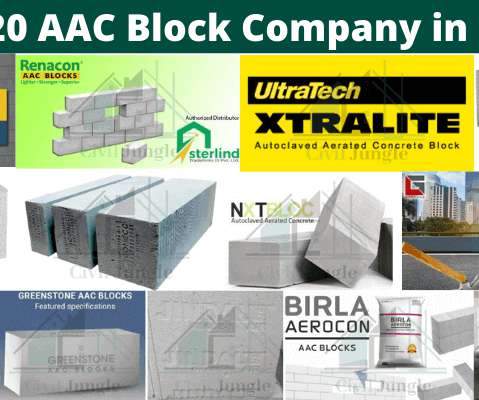Civil Engineering Marvels- 5 Tallest Skyscrappers
The Constructor
FEBRUARY 27, 2012
Commissioned by Sears, Roebuck and Company, it was designed by chief architect Bruce Graham and structural engineer Fazlur Khan of Skidmore, Owings and Merrill. Sears Tower The Sears Tower, a skyscraper in Chicago, Illinois, has been the tallest building in North America since 1973.















Let's personalize your content